My fly boxes
{{start}}
The number of fly boxes you carry is obviously one of personal choice. One difficulty you may encounter when you are setting up your fly boxes is which flies you should include, and how many flies you should carry in your fly box or boxes. The last thing you want to be doing is standing on the bank of a river madly pulling flies out to find a fly you know is there . . .somewhere, but it isn’t where you expected to find it or you fly box or boxes are so crowded with flies that the one you are desperately looking for is hidden away . . . somewhere.
{{end}}
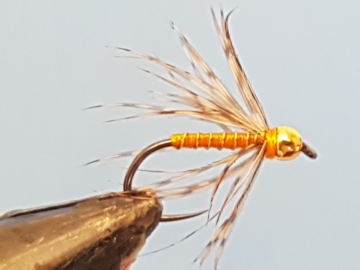
{{+1}}Tungsten bead head orange and partridge spider{{-1}}
{{start}}
I nearly always fish my bead head spiders on the point in a team of two flies and with a relatively heavily weighted nymph such as a TBH duracell jig nymph, TBH collared hare and copper or TBH chocolate caddis nymph on the top dropper on the dropper 60 or 70 centimetres up the leader.{{end}}
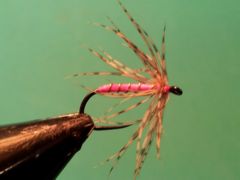
{{+1}}Partridge and pink spider{{-1}}
{{start}}
This is one of those flies that comes into its own on really bright days. The bright pink and the movement of the soft hackle in the water this fly often produce a hit. There is also the added benefit that they are so easy to tie. All river fly fishers should have a selection of English Spiders in their fly boxes.{{end}}
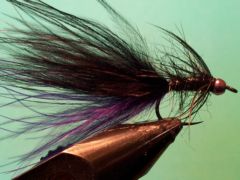
{{+1}}BH Tassi bugger{{-1}}
{{start}}
I have used it and this bead head version many times since to great effect. Like most woolly buggers it is often best when fished with short sharp twitching movements in order to make the marabou and hackle ‘work’ but its worth experimenting with a range of retrieves from dead drift through to “roly poly” to see what's working on the day.{{end}}
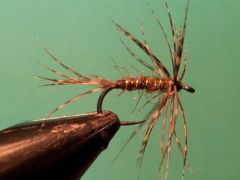
{{+1}}March brown spider{{-1}}
{{start}}
Where I fish, as the water warms up closer to lunch time your often find fish actively rising to March Brown Mayfly that are a mottled chocolate and dark grey in colour. I fish them in lakes to targeted rising fish, as a polaroiding fly and also as part of a loch style team and in river I find them a great swinging fly when fish are taking emergers just below the surface.{{end}}
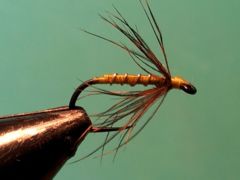
{{+1}}Greenwells spider{{-1}}
{{start}}
Many English flies have a spider version and Greenwells Glory is no exception. An interesting aspect of this fly is that the wing has been tied in beard style so as to camouflage the pint of the hook. The combination of the buggy shape, the movement of the soft hackle in the water often produce a hit. There is also the added benefit that they are so easy to tie. All river fly fishers should have a selection of English Spiders in their fly boxes.{{end}}
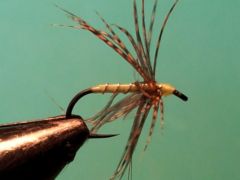
{{+1}}Partridge and chartreuse spider{{-1}}
{{start}}
Spiders are always a good option in rivers and whilst my "goto" spider is a partridge and orange the chartreuse version is always worth having on hand as an alternative. I don't know what the trigger but from time to time trout switch onto chartreuse coloured flies and if you don't have one in your kit your likely to fall behind or even worse, skunk the session.{{end}}
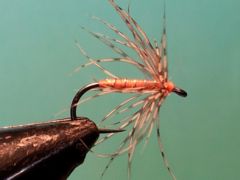
{{+1}}Partridge and orange spider{{-1}}
{{start}}
This is undoubtedly my "go to" spider. Fish all over the world seem to find orange a trigger colour and along with the buggy shape, the movement of the soft hackle in the water this fly often produce a hit. There is also the added benefit that they are so easy to tie. All river fly fishers should have a selection of English Spiders in their fly boxes.{{end}}
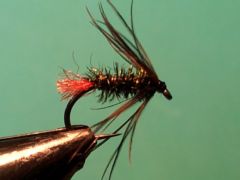
{{+1}}Red tag spider{{-1}}
{{start}}
This fly whilst being very different to a sparsely dressed north country spider has proven itself as a prolific fish catcher and has earned a place in my nymph fly box. I have no hesitation in tying it on either in combination with a traditional spider, a bead head nymph or heaven forbid a bead head version of a north country spider.{{end}}
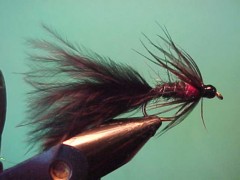
{{+1}}Bead head bibio bugger – Chatto’s original{{-1}}
{{start}}
I use this fly as a point fly for when both boat and bank fishing and have developed three versions. The standard non bead head version is tied on Knapek L series hook in size #8 and has 6 wraps of .015 lead wire hidden in the body and an overall finished length of around 45 mm. A mini bugger version is tied on Knapek L series hook in size #10 and has 4 wraps of .015 lead wire hidden in the body and an overall finished length of around 30 mm. I also tie a bead head version on a Tiemco 3769 hook in size #8 which incorporates a 3 mm black tungsten bead.{{end}}
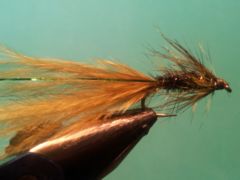
{{+1}}Olive damsel bugger{{-1}}
{{start}}
Keep an eye for swallows dipping on the water feeding on midge. That's a sure sign that there will also be damsel nymphs around and then of course further up the food chain there are likely to be trout feeding on both the midge and the damsel nymphs. This is the time to start thinking about fishing either damsel buggers or olive woolly buggers.{{end}}













